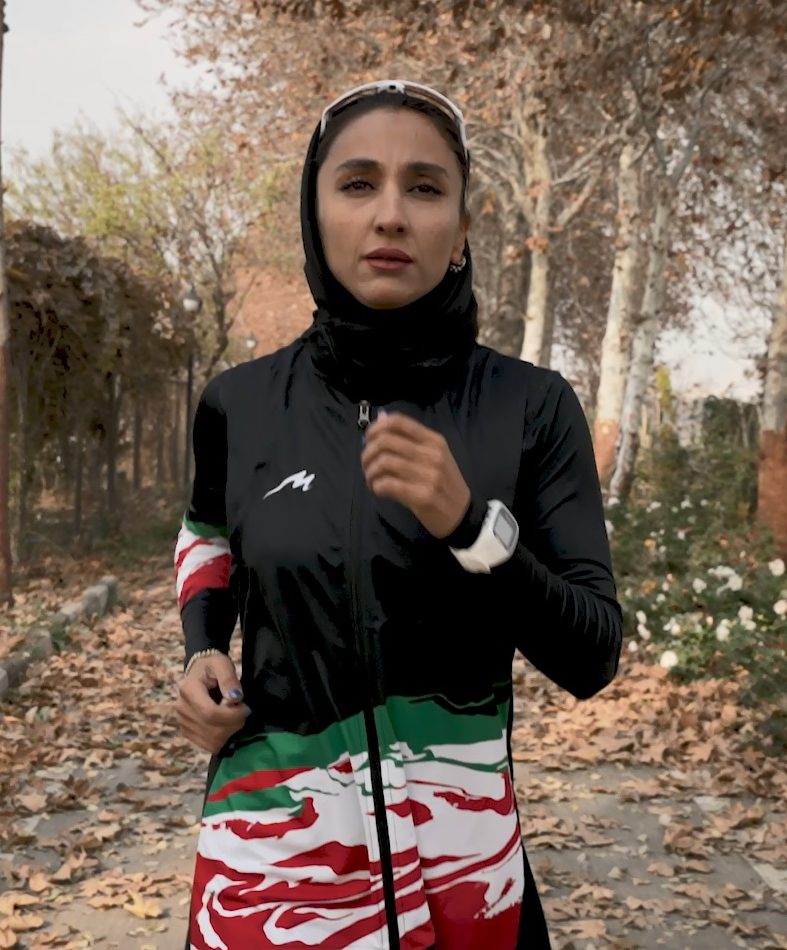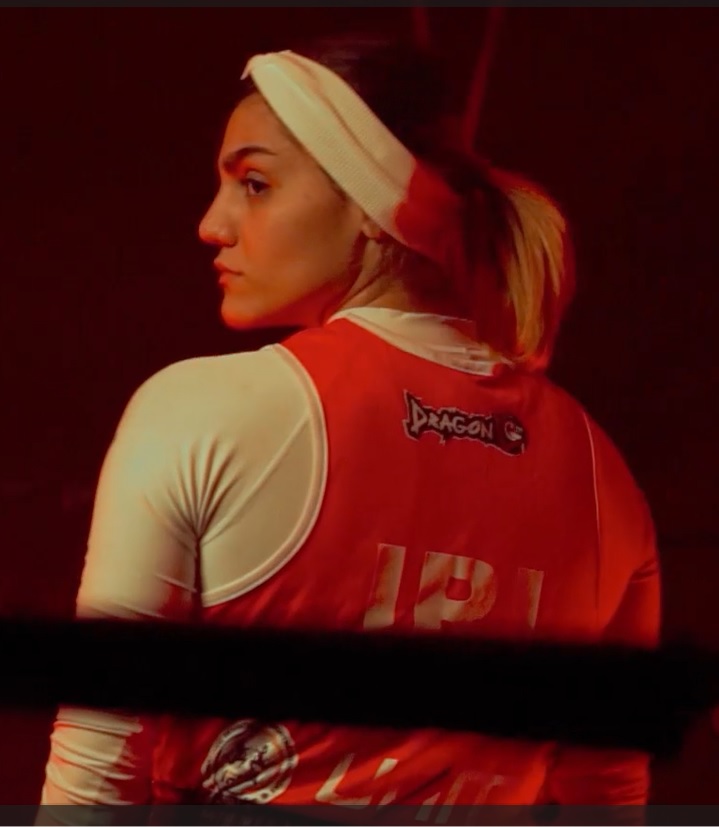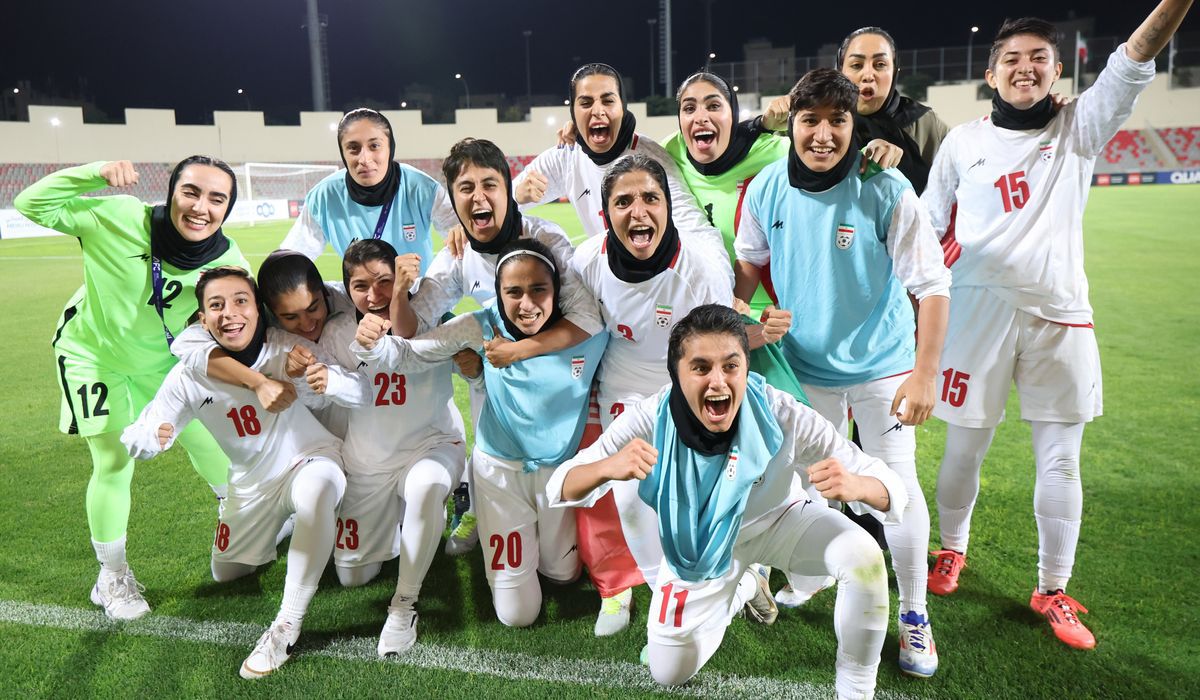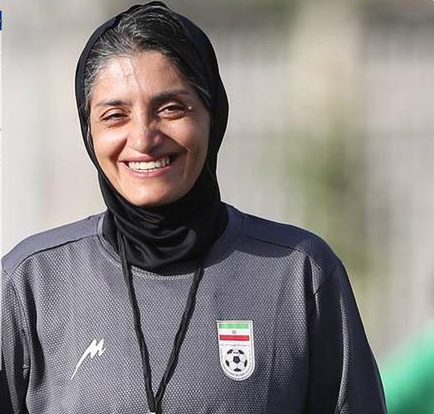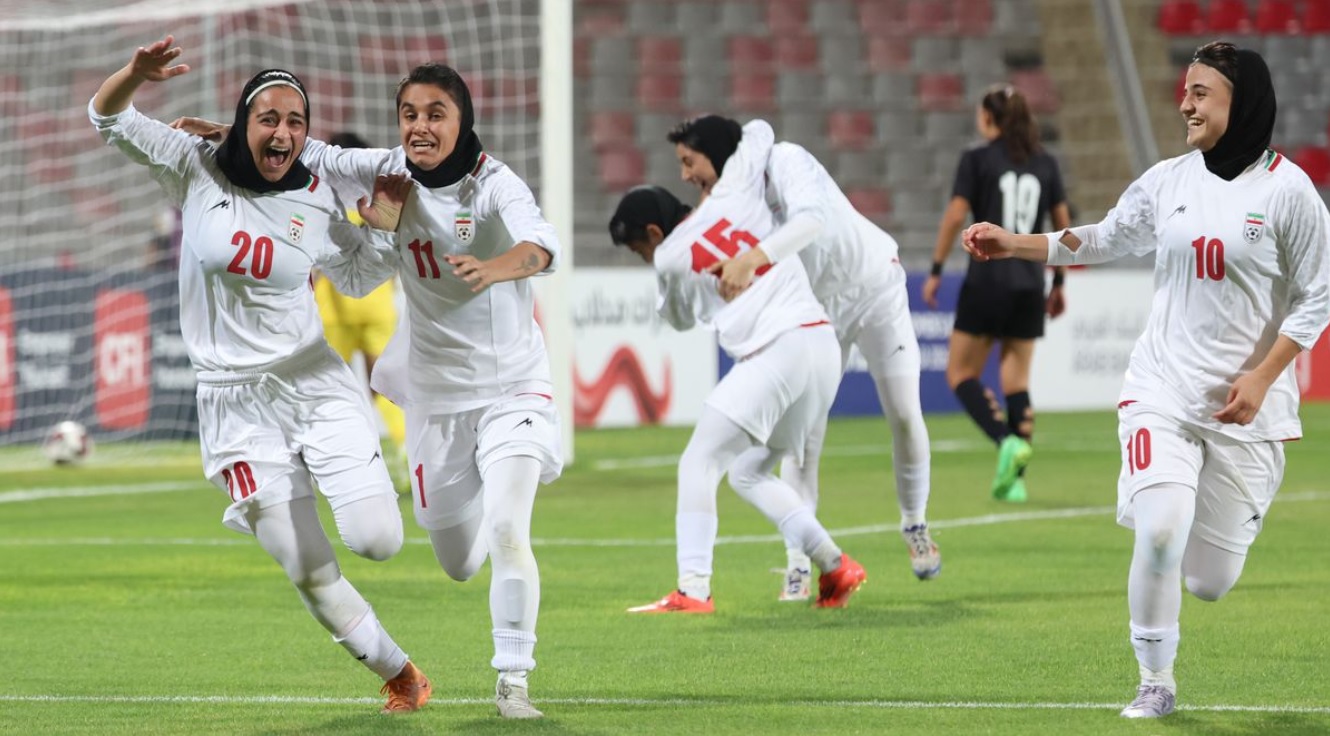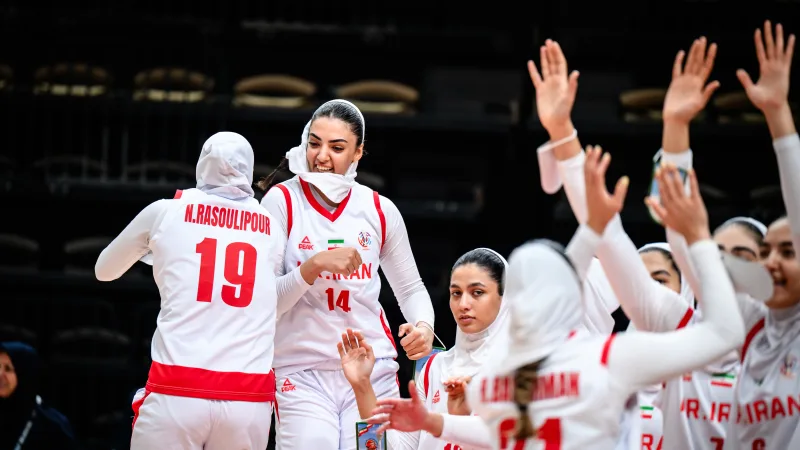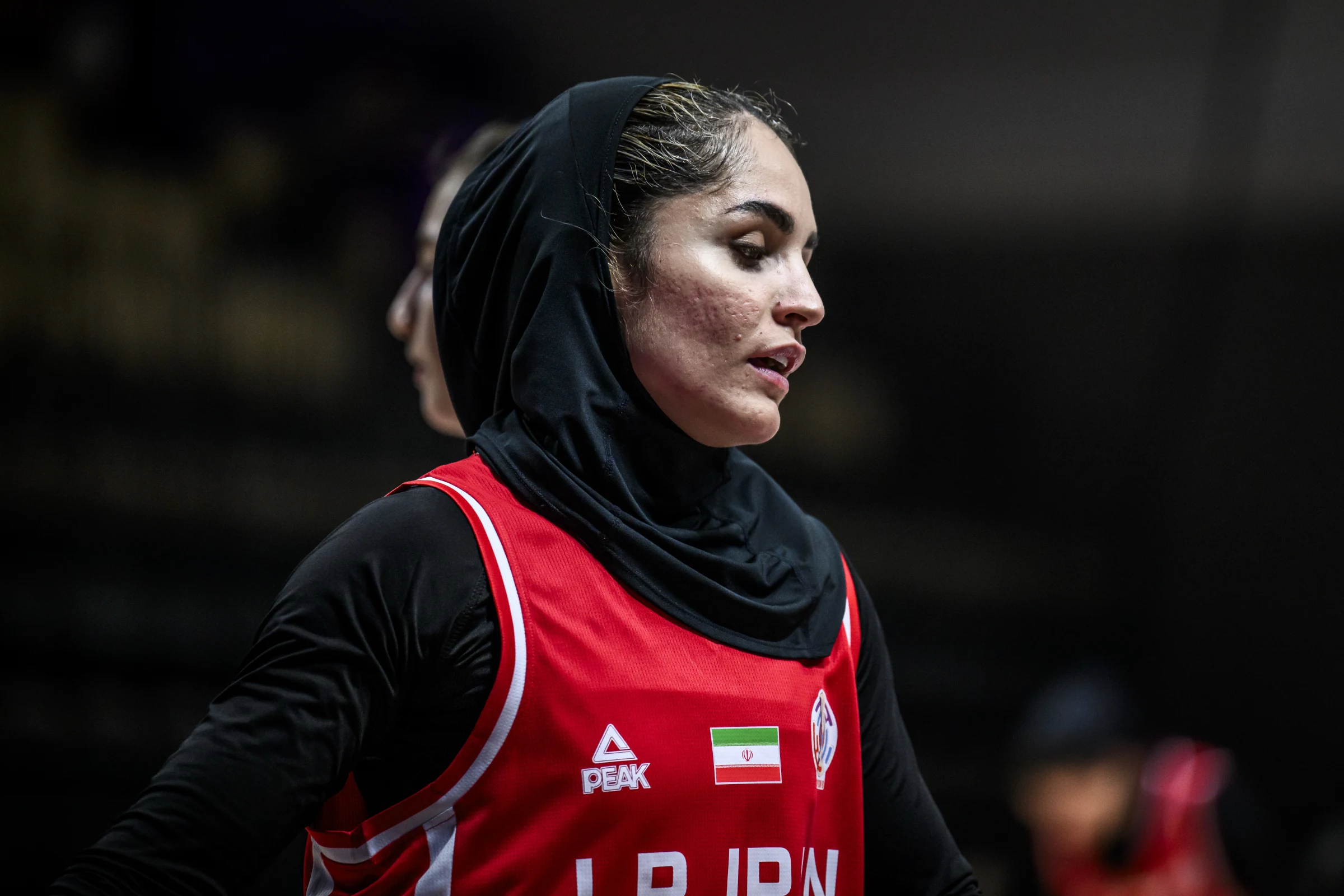Fighting on the Court, Losing to Flaws: The Commendable Efforts of Iran's Women's Basketball Players and Systemic Challenges
تحلیل جامع و حرفهای شکست تیم ملی بسکتبال زنان ایران برابر چین تایپه

شکست تیم ملی بسکتبال زنان ایران در برابر چین تایپه، ورای یک نتیجه ساده ورزشی، بازتابدهنده چالشهای عمیقتر و چندوجهی در ساختار، توسعه و آمادگی این تیم است. برای ارائه یک تحلیل حرفهای و جامع، لازم است به ابعاد فنی-تاکتیکی، آمادگی جسمانی-روانی، و مسائل زیرساختی-مدیریتی بپردازیم.
۱. ابعاد فنی و تاکتیکی: ناتوانی در اجرای سیستمهای بازی مدرن
شکست تیم ایران در بعد فنی، به وضوح نشاندهنده فاصله چشمگیر در استانداردهای مهارتی و تاکتیکی با تیمهای برتر آسیا بود. چین تایپه، به عنوان یک قدرت سنتی در بسکتبال آسیا، با ترکیبی از دقت و سرعت عمل، برتری خود را به نمایش گذاشت:
- ضعف مفرط در شوتزنی اثربخش (Efficiency in Shooting): یکی از بارزترین دلایل شکست، درصد بسیار پایین موفقیت در پرتابهای میدانی، به خصوص پرتابهای سه امتیازی و پرتابهای آزاد بود. در بسکتبال مدرن، توانایی پرتابهای موفق در شرایط فشار، از ارکان اصلی کسب امتیاز است. بازیکنان ایران، هم در شوتهای آزاد و هم در شوتهای میدانی (Field Goals)، دقت لازم را نداشتند. این ناتوانی، نه تنها امتیازات مستقیم را از تیم گرفت، بلکه فشار روانی مضاعفی بر تیم وارد کرد.
- مشکلات در هندلینگ توپ (Ball Handling) و تصمیمگیری تحت فشار: تعداد بالای اشتباهات غیر اجباری (Unforced Errors)، از جمله از دست دادن توپ (Turnovers) در منطقه حمله یا دفاع، نشاندهنده ضعف در کنترل توپ و پاسدهی در مواجهه با دفاع فشرده و پرفشار حریف بود. بازیکنان ایران در شرایطی که تحت پرس حریف قرار میگرفتند، غالباً تصمیمات اشتباهی میگرفتند که منجر به از دست رفتن مالکیت میشد.
- عدم هماهنگی دفاعی و ضعف در پوشش فضایی (Rotations and Spatial Coverage): دفاع تیمی ایران فاقد انسجام و هماهنگی لازم بود. این ضعف در حرکتهای دفاعی و پوشش فضایی، به بازیکنان چین تایپه اجازه میداد تا به راحتی به زیر سبد نفوذ کرده و یا موقعیتهای شوتزنی آزاد (Open Shots) پیدا کنند. ناتوانی در مهار بازیکنان کلیدی حریف و عدم اجرای سیستم دفاعی مناسب در برابر پیکاندرول (Pick and Roll) یا حرکتهای بدون توپ، از نقاط ضعف بارز بود.
- نبود تنوع و انعطافپذیری تاکتیکی: به نظر میرسید کادر فنی ایران نتوانست راهکارهای تاکتیکی متنوع و انعطافپذیری را برای شکستن دفاع حریف یا مقابله با حملات آنها ارائه دهد. سیستمهای حملهای (Offensive Sets) تکراری و قابل پیشبینی بودند و تیم نتوانست در طول بازی، تغییرات تاکتیکی مؤثری ایجاد کند.
۲. آمادگی جسمانی و روانی: ناتوانی در حفظ عملکرد پایدار
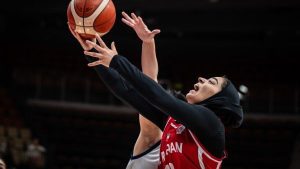
علاوه بر ابعاد فنی، آمادگی جسمانی و ثبات روانی تیم نیز نقش حیاتی در این شکست ایفا کرد:
- افت بدنی در طول بازی: بازیکنان ایران، به خصوص در نیمه دوم بازی و در کوارترهای پایانی، دچار افت بدنی (Fatigue) مشهودی شدند. این موضوع بر دقت شوتزنی، سرعت تصمیمگیری و توانایی دفاعی آنها تأثیر منفی گذاشت. این امر نشاندهنده کمبود تمرینات آمادهسازی جسمانی با شدت بالا و مطابق با استانداردهای بینالمللی است.
- فشار روانی و عدم تابآوری (Mental Toughness): تیم از نظر روانی نتوانست در طول بازی با فشار مقابله کند. پس از عقب افتادن در امتیازات، اعتماد به نفس بازیکنان به شدت کاهش یافت و توانایی بازگشت به بازی (Comeback Ability) را از دست دادند. این ضعف در “ذهنیت برنده” و ناتوانی در مدیریت استرس (Stress Management) در لحظات حساس، عملکرد کلی تیم را تحتالشعاع قرار داد.
- کمبود تجربه بینالمللی: بخش قابل توجهی از بازیکنان تیم ملی زنان، تجربه کافی در رقابتهای بینالمللی و رویارویی با تیمهای قدرتمند را ندارند. این کمبود تجربه، منجر به تصمیمگیریهای اشتباه در لحظات حساس و عدم توانایی در مدیریت ریتم بازی (Pace Management) میشود.
۳. زیرساخت و مدیریت: ریشههای ساختاری شکست

بیش از هر چیز، شکست تیم ملی بسکتبال زنان ایران ریشه در مشکلات ساختاری و مدیریتی دارد که سالهاست گریبانگیر این رشته است:
- ضعف سیستماتیک در استعدادیابی و پرورش بازیکنان پایه: نبود یک سیستم جامع و علمی برای استعدادیابی و پرورش بازیکنان از سنین پایه (Youth Development Programs)، باعث میشود که بازیکنان با مهارتهای پایه ناقص به سطوح بالاتر برسند. سرمایهگذاری ناکافی در آکادمیها و نبود مربیان متخصص در ردههای سنی پایه، به شدت بر کیفیت بازیکنان آینده تأثیر میگذارد.
- لیگ داخلی نامناسب و غیررقابتی: لیگ بسکتبال زنان ایران، فاقد ساختار حرفهای، رقابتپذیری کافی و پوشش رسانهای مناسب است. تعداد کم بازیها، کیفیت پایین مسابقات و عدم وجود رقابتهای سطح بالا، باعث میشود بازیکنان در طول فصل تجربه کافی برای قرار گرفتن در شرایط فشار و رقابتهای بینالمللی را کسب نکنند.
- محدودیتهای بینالمللی و عدم امکان حضور مستمر: در سالهای گذشته، تیم ملی بسکتبال زنان ایران با محدودیتهای متعددی برای حضور مستمر در رویدادهای بینالمللی، کمپهای تمرینی مشترک و بازیهای تدارکاتی با تیمهای خارجی مواجه بوده است. این عدم حضور، باعث عقبماندگی از لحاظ آشنایی با سبکهای بازی روز دنیا، کسب تجربه و سنجش سطح خود در برابر رقبای آسیایی میشود.
- نقص در بودجهبندی و امکانات: کمبود بودجه و امکانات استاندارد برای تیم ملی زنان، بر کیفیت اردوها، تجهیزات، کادر فنی، تیم پزشکی و روانشناسی تأثیر منفی میگذارد. این کمبودها، مانع از آمادگی مطلوب و حرفهای تیم برای رقابتهای بینالمللی میشود.
- فقدان رویکرد بلندمدت و استراتژیک: به نظر میرسد فدراسیون بسکتبال در بخش زنان، فاقد یک چشمانداز و استراتژی بلندمدت و مدون برای توسعه این رشته است. برنامهریزیهای مقطعی و عدم ثبات در مدیریت و کادر فنی، مانع از پیشرفت پایدار میشود.
چشمانداز و راهکارهای پیش رو:
برای جبران این فاصله و کسب موفقیت در آینده، بسکتبال زنان ایران نیازمند یک بازنگری اساسی و سرمایهگذاری جدی در تمامی ابعاد فوق است. این امر شامل توسعه لیگهای حرفهای، افزایش حضور در رقابتهای بینالمللی، سرمایهگذاری در استعدادیابی و آموزش پایه، و حمایت همهجانبه از بازیکنان و کادر فنی خواهد بود. بدون یک تغییر رویکرد بنیادین، تکرار چنین نتایجی در برابر قدرتهای بسکتبال آسیا اجتنابناپذیر خواهد بود.
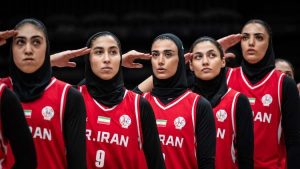
Comprehensive and Professional Analysis: Iran Women’s National Basketball Team’s Defeat Against Chinese Taipei
The defeat of the Iran Women’s National Basketball Team against Chinese Taipei, beyond a simple sports result, reflects deeper, multifaceted challenges in the team’s structure, development, and readiness. To provide a professional and comprehensive analysis, we must delve into technical-tactical dimensions, physical-psychological preparedness, and infrastructural-managerial issues.
1. Technical and Tactical Aspects: Inability to Execute Modern Game Systems
Iran’s defeat on the technical front clearly demonstrated a significant gap in skill and tactical standards compared to top Asian teams. Chinese Taipei, as a traditional powerhouse in Asian basketball, showcased its superiority through a combination of precision and quick execution:
- Severe Weakness in Effective Shooting (Efficiency in Shooting): One of the most striking reasons for the loss was the very low success rate in field goals, especially three-pointers and free throws. In modern basketball, the ability to make successful shots under pressure is a fundamental pillar of scoring. Iranian players lacked the necessary accuracy in both free throws and field goals. This inability not only deprived the team of direct points but also put immense psychological pressure on them.
- Problems with Ball Handling and Decision-Making Under Pressure: The high number of unforced errors, including turnovers in offensive or defensive zones, indicated a weakness in ball control and passing when facing the opponent’s tight and high-pressure defense. Iranian players often made incorrect decisions when pressed by the opponent, leading to loss of possession.
- Lack of Defensive Coordination and Weakness in Spatial Coverage (Rotations and Spatial Coverage): Iran’s team defense lacked cohesion and coordination. This weakness in defensive movements and spatial coverage allowed Chinese Taipei players to easily penetrate the paint or find open shots. The inability to contain key opposing players and the failure to execute appropriate defensive systems against pick-and-rolls or off-ball movements were evident weaknesses.
- Lack of Tactical Variety and Flexibility: It appeared that the Iranian coaching staff could not provide diverse and flexible tactical solutions to break the opponent’s defense or counter their attacks. Offensive sets were repetitive and predictable, and the team failed to make effective tactical adjustments during the game.
2. Physical and Psychological Preparedness: Inability to Maintain Consistent Performance
In addition to technical aspects, the team’s physical readiness and psychological stability also played a crucial role in this defeat:
- Physical Decline During the Game: Iranian players, especially in the second half and final quarters, experienced a noticeable physical decline (Fatigue). This affected their shooting accuracy, decision-making speed, and defensive capabilities. This indicates a lack of high-intensity physical conditioning training consistent with international standards.
- Psychological Pressure and Lack of Mental Toughness: The team was psychologically unable to cope with the pressure during the game. After falling behind in scores, the players’ confidence sharply decreased, and they lost their ability to make a comeback. This weakness in a “winning mindset” and the inability to manage stress in critical moments overshadowed the team’s overall performance.
- Lack of International Experience: A significant portion of the women’s national team players lacks sufficient experience in international competitions and facing strong teams. This lack of experience leads to poor decision-making in crucial moments and an inability to manage the game’s pace.
3. Infrastructure and Management: Structural Roots of the Defeat
More than anything, the defeat of the Iran Women’s National Basketball Team stems from structural and managerial problems that have plagued this sport for years:
- Systematic Weakness in Talent Identification and Youth Development: The absence of a comprehensive and scientific system for talent identification and development from grassroots levels (Youth Development Programs) leads to players reaching higher levels with incomplete fundamental skills. Insufficient investment in academies and a lack of specialized coaches at youth levels severely impact the quality of future players.
- Inadequate and Non-Competitive Domestic League: The Iranian Women’s Basketball League lacks a professional structure, sufficient competitiveness, and adequate media coverage. The low number of games, the poor quality of matches, and the absence of high-level competitions prevent players from gaining enough experience during the season to handle the pressure and demands of international competitions.
- International Restrictions and Lack of Consistent Participation: In recent years, the Iran Women’s National Basketball Team has faced numerous restrictions on consistent participation in international events, joint training camps, and friendly matches with foreign teams. This lack of exposure leads to a lag in understanding modern playing styles, gaining experience, and assessing their level against Asian rivals.
- Budgetary Deficiencies and Facilities: Lack of standard budget and facilities for the women’s national team negatively impacts the quality of training camps, equipment, coaching staff, and medical and psychological support. These deficiencies hinder the team’s optimal and professional preparation for international competitions.
- Lack of a Long-Term and Strategic Approach: It seems that the Basketball Federation in the women’s section lacks a long-term and well-defined vision and strategy for the development of this sport. Ad-hoc planning and instability in management and coaching staff impede sustainable progress.
Outlook and Way Forward:
To bridge this gap and achieve future success, Iranian women’s basketball requires a fundamental reassessment and significant investment in all the aforementioned aspects. This includes developing professional leagues, increasing participation in international competitions, investing in talent identification and grassroots training, and providing comprehensive support for players and coaching staff. Without a fundamental change in approach, the repetition of such results against Asian basketball powers will be inevitable.

